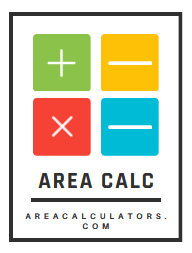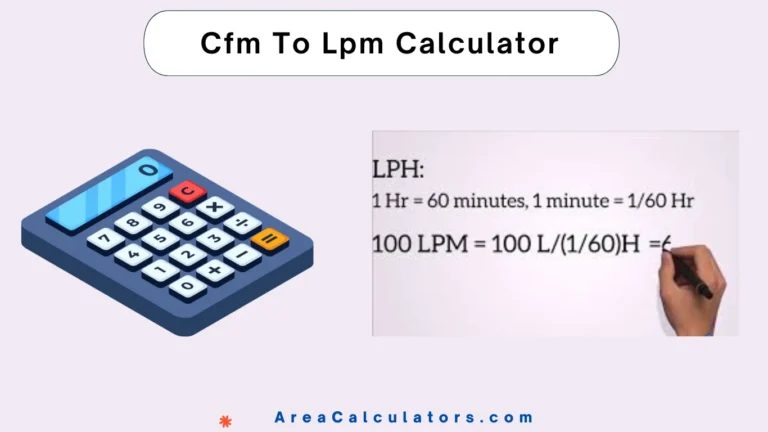To find buoyancy correction, subtract the product of the fluid's density and the displaced volume from the object's mass. This determines the corrected mass, accounting for buoyant forces.
The Buoyancy Correction Calculator make it easy for you to find out the corrected weight or mass of an object submerged in a fluid. This correction accounts for the effect of buoyant forces on the object, which affects its apparent weight. Therefore, it is essential in various fields like fluid mechanics, engineering, and marine applications.
Formula:
BC = m – (ρ * V)
| Variable | Description |
|---|---|
| BC | Buoyancy Correction |
| m | Mass of the object |
| ρ | Density of the fluid |
| V | Volume displaced by the object |
Solved Calculations:
Example 1:
Calculate the buoyancy correction for an object with a mass of 50 kg, a fluid density of 1,000 kg/m³, and a displaced volume of 0.02 m³.
| Step | Calculation |
|---|---|
| Calculate correction | BC = 50 - (1,000 * 0.02) |
| Result | BC = 30 kg |
Example 2:
For an object with a mass of 80 kg, a fluid density of 998 kg/m³, and a displaced volume of 0.05 m³, find the buoyancy correction.
| Step | Calculation |
|---|---|
| Calculate correction | BC = 80 - (998 * 0.05) |
| Result | BC = 30.1 kg |
What is a Buoyancy Correction Calculator?
A buoyancy correction calculator is a practical tool specifically designed to account for changes in weight due to buoyant forces in fluids like air or water.
So, when measuring objects, buoyant forces can cause slight deviations in accurate weight measurements, which is why a buoyancy correction factor becomes essential. This correction is especially relevant for precise experiments or measurements in physics, chemistry, or fluid dynamics.
To calculate buoyancy in water, it’s necessary to consider the object's volume and the fluid density. The buoyant force can be determined using this relationship.
A buoyancy correction calculator app simplifies this task by automating these steps, offering more precise results without manual calculations. It’s helpful when measuring items submerged in water or heavy fluids, as it accurately adjusts weights.
Final Words:
In short, using a buoyancy correction calculator ensures accurate weight measurements by considering buoyant forces. It's crucial for applications where even minor deviations can affect the final results.





